South Louisiana is home to the greatest free party on earth, a colorful celebration known as Mardi Gras. But what most people see on television the weekend before Lent starts much earlier. The entire Mardi Gras season runs several winter weeks in Lafayette and throughout the Acadiana region and includes balls, parades, courir or runs, and special events.
Mardi Gras season begins on January 6, the Twelfth Night of Christmas, or the Epiphany, when the Three Wise Men brought gifts to the baby Jesus. This season continues until Mardi Gras, the Tuesday before Ash Wednesday.
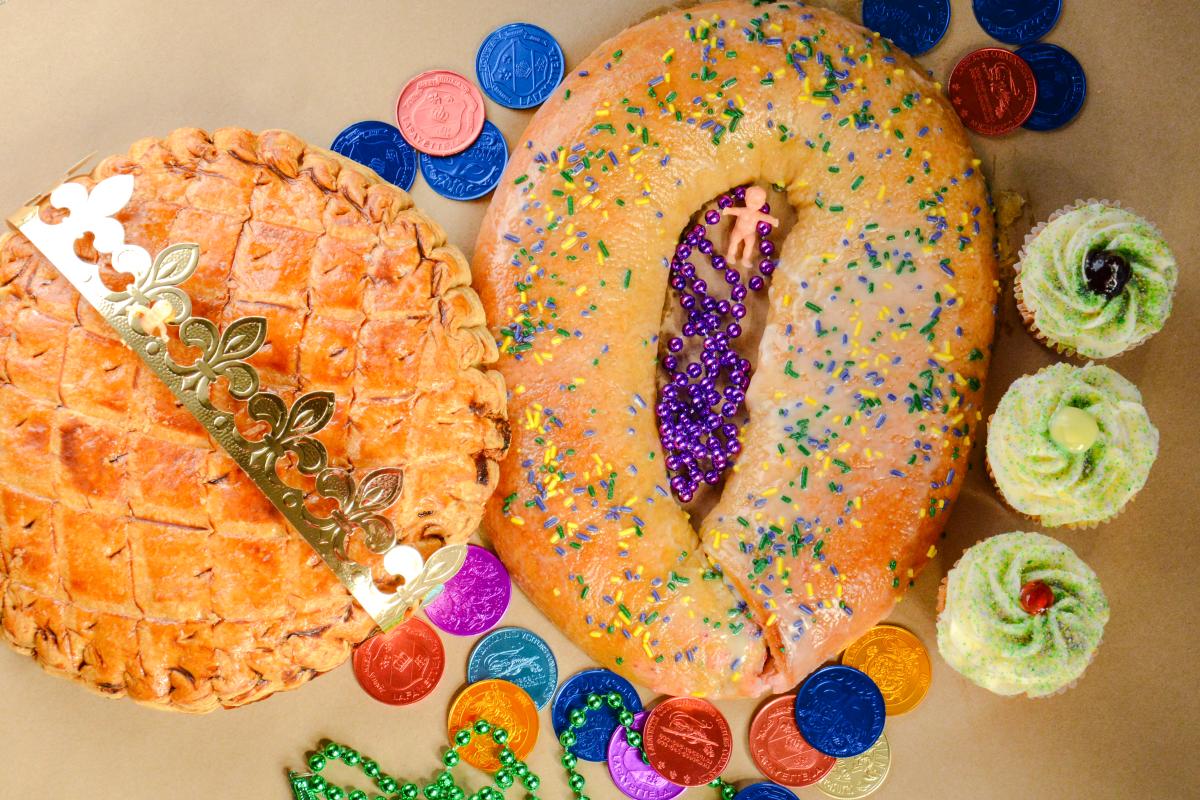
It's a religious holiday, created in Europe and continued in Catholic South Louisiana, honoring both the Epiphany of Christmas and the advent of Lent. The Catholic Church licensed Mardi Gras as a period of feasting before the fasting of Lent, writes Arthur Hardy in his annual Mardi Gras Guide.
The Church also established the set date for the start of the season, January 6, the Feast of the Epiphany, and the fluctuating date of Mardi Gras. Because Ash Wednesday is a time of sacrificing and fasting, the season of Carnival is a time of feasting and fun. The word Carnival comes from the Latin Carbe vale, meaning farewell to flesh, referring to the giving up of eating meat during Lent. Some people see the Carnival and Mardi Gras season as living it up before giving it up.
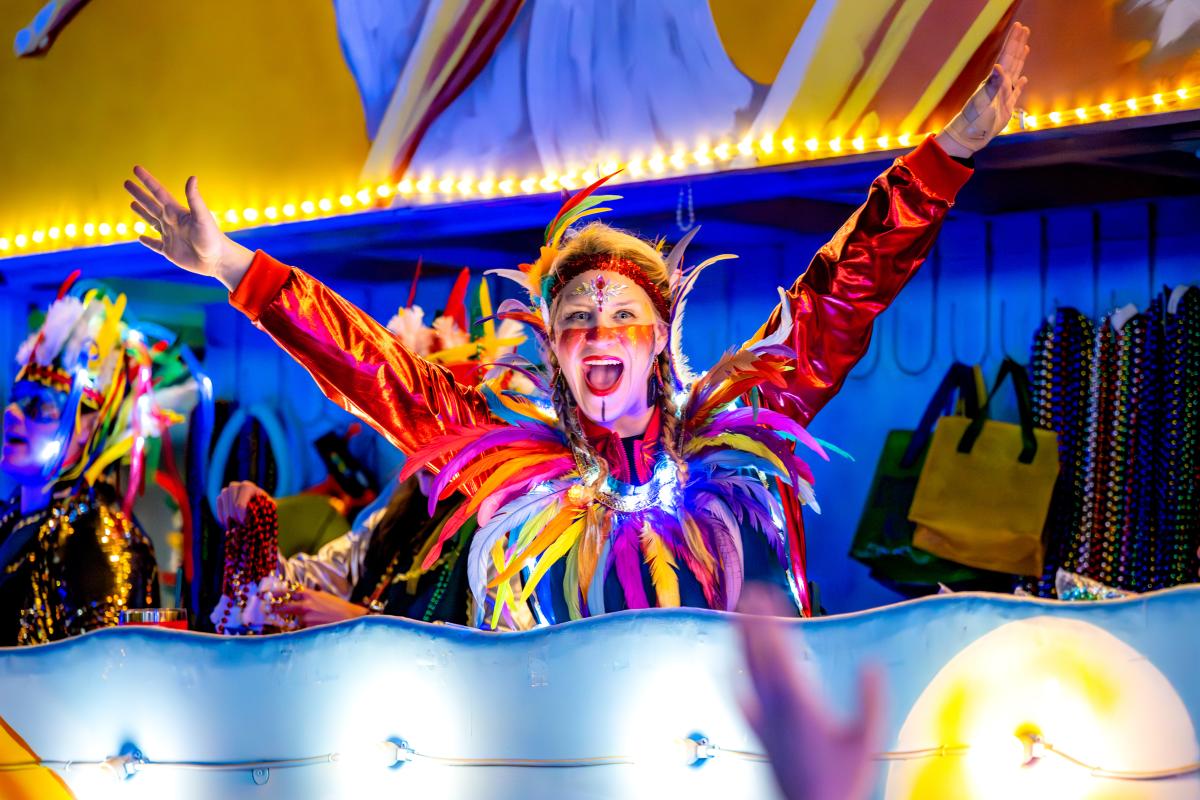
Many believe the tradition predates Christianity when ancient tribal rituals of fertility welcomed the arrival of spring. Some liken Carnival to Lupercalia, a circus-like event once held in mid-February in Rome. The early Catholic Church fathers, realizing it was impossible to divorce their new converts from their pagan customs, decided instead to direct them into Christian channels. Thus, Carnival was created as a period of merriment that would serve as a prelude to the penitential season of Lent.
The first Louisiana celebration of Mardi Gras occurred in 1699 when French explorers Iberville and Bienville LeMoyne and his men paused 60 miles south of present-day New Orleans and acknowledged the holiday being celebrated in Paris. They christened the site Point du Mardi Gras. Pre-Lenten balls and celebrations were held in New Orleans in the 1700s and 1800s, depending upon the good nature of the colony's government (many administrations frowned on the revelry). Some of the merriment got out of hand, and a group of businessmen from Mobile saved the New Orleans Mardi Gras by forming the Comus organization in 1857. The men beautified the celebration and proved it could be enjoyed in a safe and festive manner. Comus coined the word krewe and established several Mardi Gras traditions by forming a secret society, choosing a mythological namesake, presenting a themed parade with floats as well as costumed makers, and staging a tableau ball following its parade.

In Acadiana, residents celebrated with the unique courir de Mardi Gras or Mardi Gras runs, where masked men on horseback would travel the countryside knocking on doors, singing songs, dancing, and begging for ingredients to make gumbo. Often, homeowners would throw a chicken to the revelers, who would attempt to catch the bird for gumbo meat. Musicians sometimes followed the krewes, providing more merriment. When the revelers returned to town, they produced a communal gumbo for all to enjoy. Today, there are numerous courirs de Mardi Gras throughout Acadiana, many with the traditional all-male krewes only open to members, but also several that cater to women and children. A few courirs allow tourists to participate or follow behind and observe the festivities.
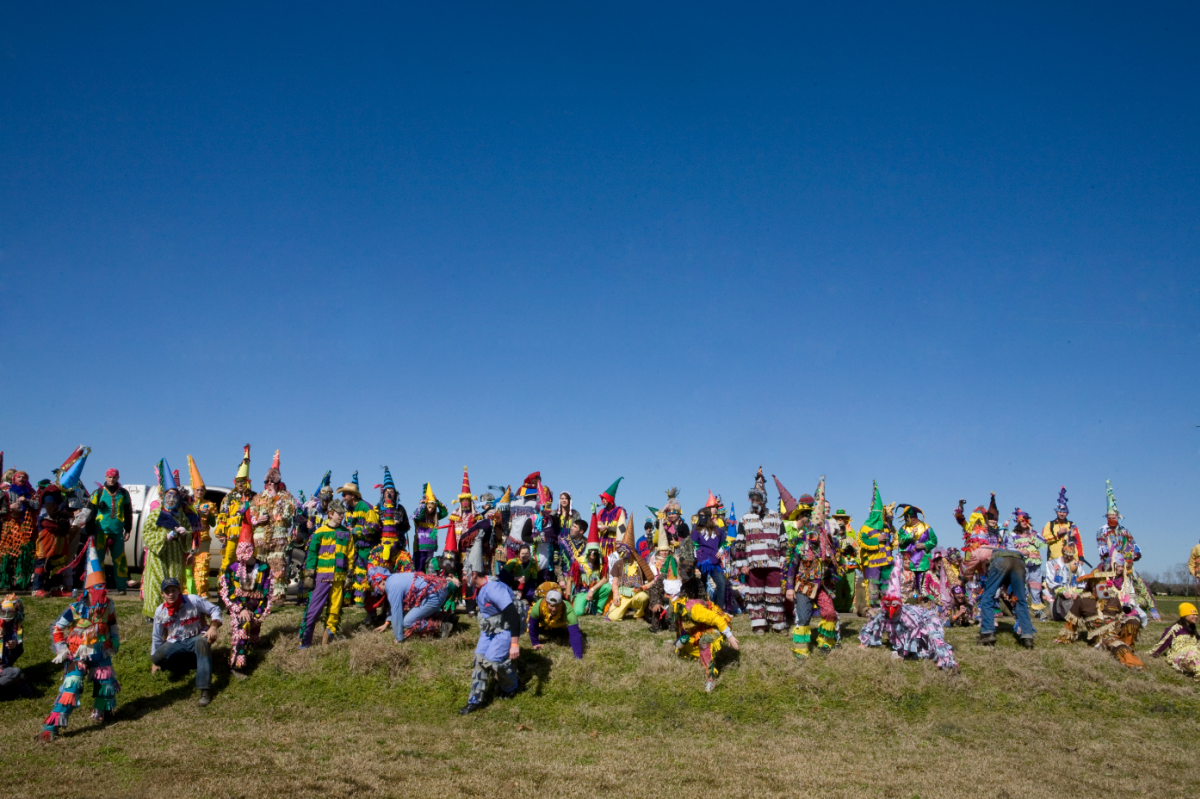
Within the city of Lafayette, Mardi Gras celebrations reflected a New Orleans style with krewes composed of citizens who selected royalty and held elaborate balls. The first recorded celebration of Lafayette Mardi Gras was on February 14, 1869. Still, the first citywide Mardi Gras observance happened in 1897 with a ball, parade, and Mardi Gras king and queen proclaimed. In 1958, the Lafayette Mardi Gras Association was created. Today, as the Greater Louisiana Southwest Mardi Gras Association, it encompasses around 19 krewes that host, at their own expense, pageants, balls, and parades. The Southwest Louisiana Mardi Gras Association also serves as a liaison between the Lafayette Consolidated Government, the Lafayette Sheriffs Department, and other public agencies dealing with Mardi Gras.
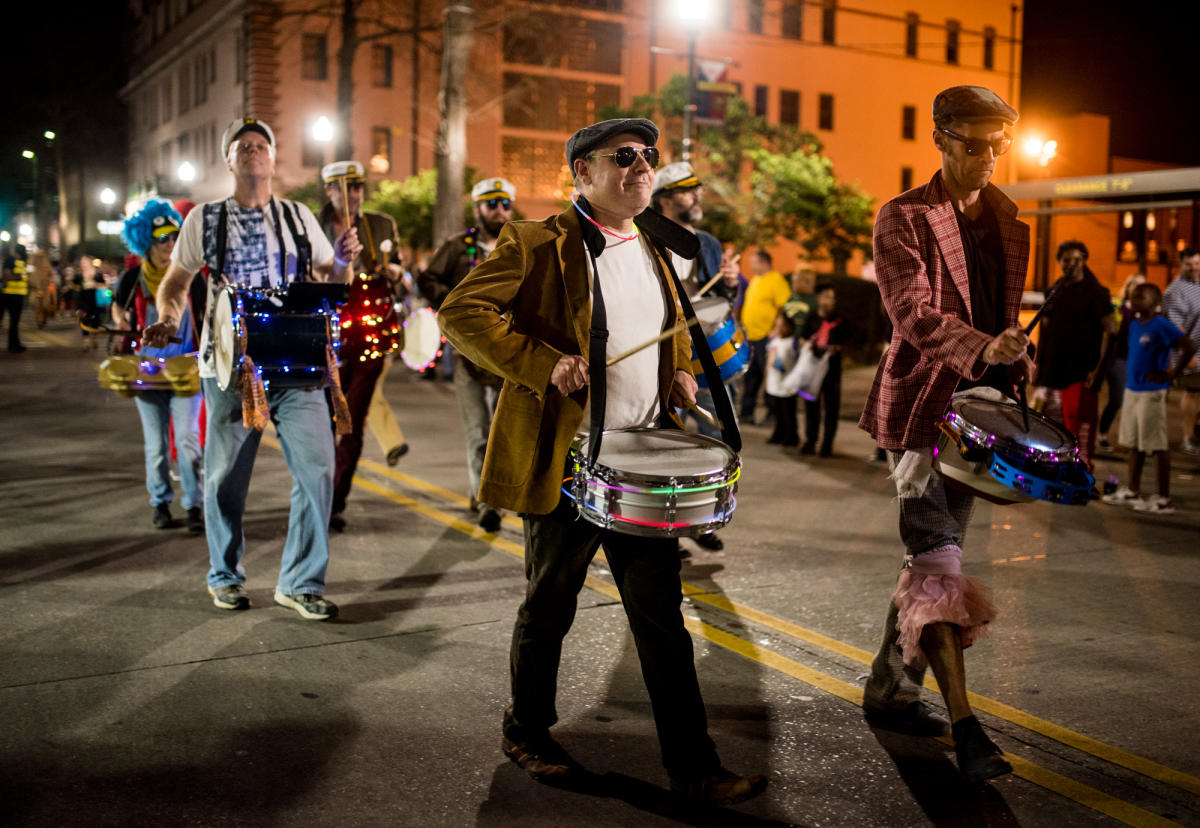
Mardi Gras krewes in Acadiana range from modern to traditional, following the old New Orleans style. The oldest and most traditional Carnival organization in Lafayette, the Krewe of Gabriel, announces its King Gabriel and Queen Evangeline every year with great fanfare at a members-only luncheon, then with a formal announcement to the public published in the newspaper on Mardi Gras day. On the other hand, the more modern and casual Krewe of Carnivale en Rio places names in a hat at its summer party and chooses its royalty, Corte Real, at random. As with most Carnival krewes, both celebrate with a members-only ball or pageant during the Carnival season.
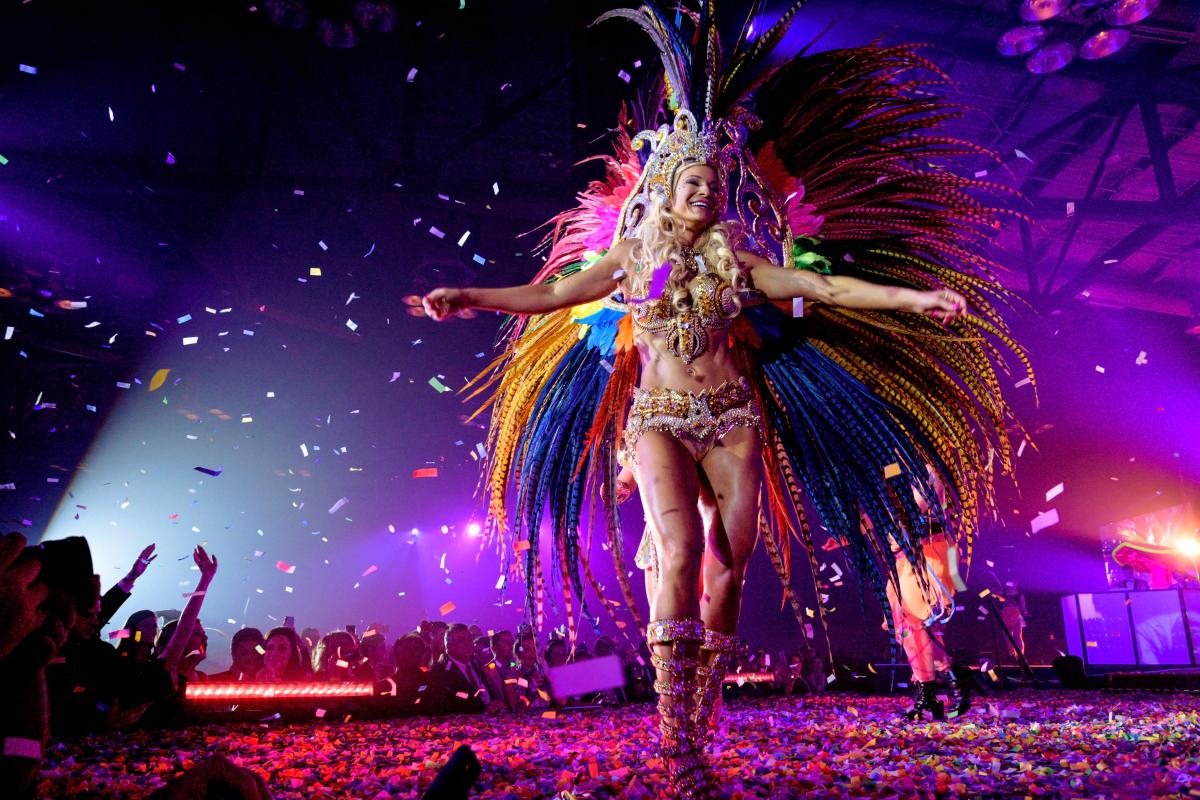
Most activities that tourists enjoy happen about two weeks before Mardi Gras, building up to the grand celebration on Fat Tuesday. Parades in Lafayette begin the week before Mardi Gras with the Krewe des Canailles walking parade on Friday, followed by the Krewe of Carnivale en Rio, and the popular, fund-raising Krewe des Chiens Parade for Dogs on Saturday.
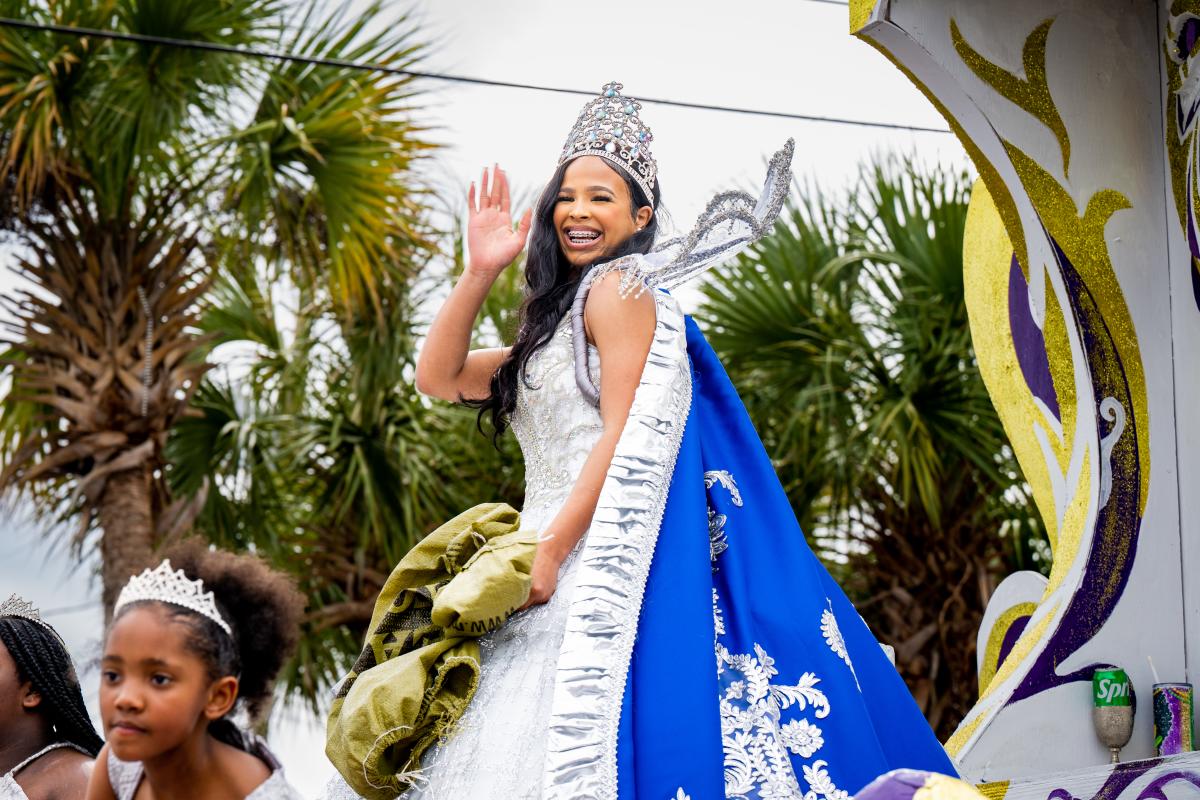
Most Lafayette parades begin the Friday before Mardi Gras and continue daily until Mardi Gras day, rolling from downtown Lafayette to Cajun Field. The family-friendly Le Festival de Mardi Gras a Lafayette, coordinated by the Greater Southwest Louisiana Mardi Gras Association, offers games, carnival rides, Cajun food, and live music by some of Acadiana's best talent at Cajun Field. The spot is also a great place to watch the concluding parades. Parking for RVs is available as well.
In addition, neighboring towns offer parades, courirs, and special events such as the Old Time Boucherie or the traditional whole hog butchering the Monday before Mardi Gras at Lake View Park in Eunice. Several parades roll through Lafayette on Mardi Gras Day, including the King's Parade, the Lafayette Mardi Gras Festival Parade, and the Independent Parade.
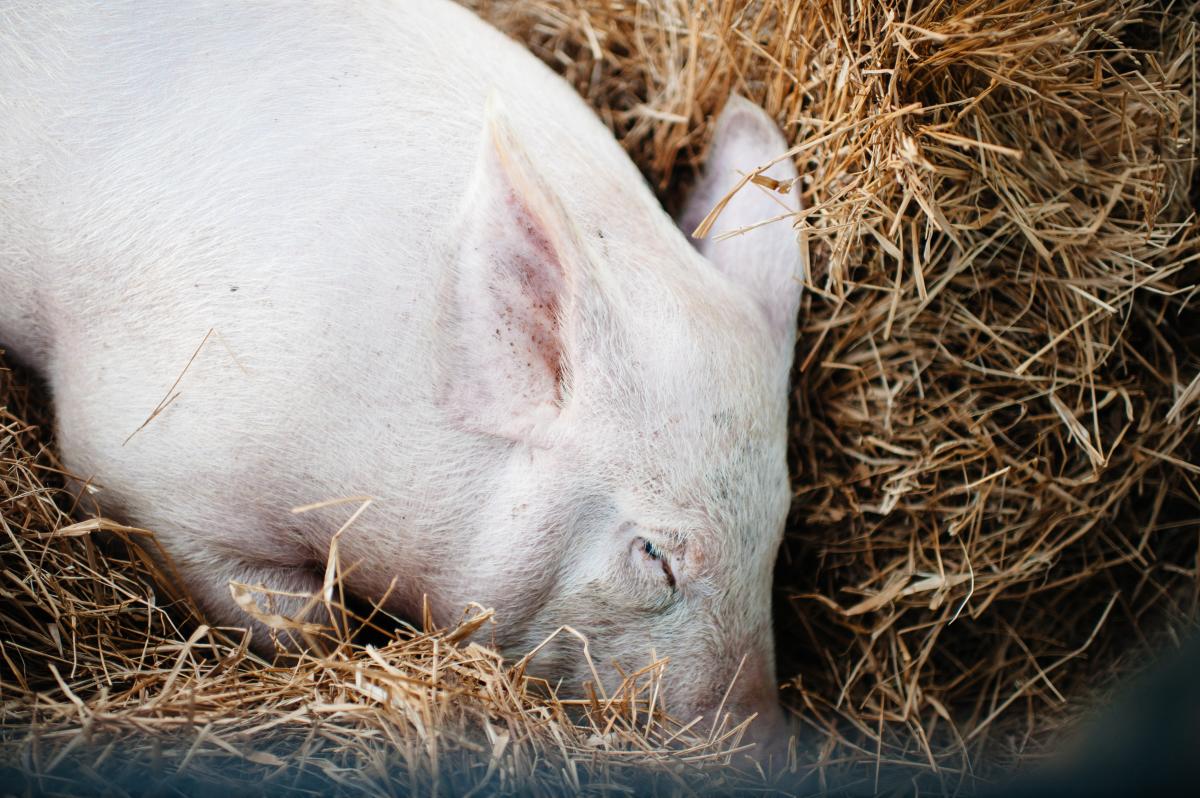
A historical African-American event featuring a costume contest, live music, dancing, and food occurs at Clark Field Stadium in the north section of the city. The event began as an African-American Mardi Gras activity when John Lewis began the first neighborhood judging contest in the McComb subdivision in Lafayette in 1992. The contest was later organized by Dolly Broussard, who added live music. As the event grew, organizers moved the fun to Clark Field Stadium, a historic neighborhood stadium. The Mardi Gras Show at Clark Field features many local and national musicians, plus the annual Judging Contest that features extravagant displays of costumes. In addition, there's food and crafts. Anyone can enter the costume contest.
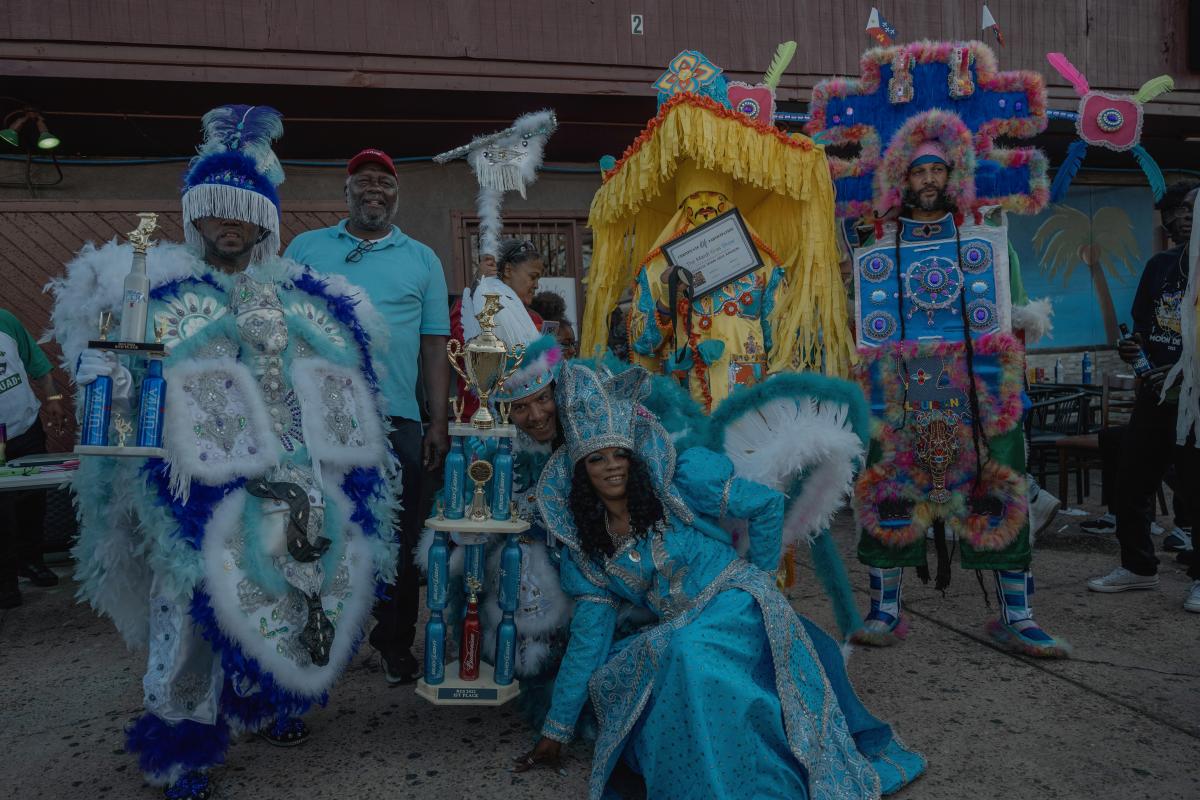
As Mardi Gras Day comes to a close, the Southwest Mardi Gras Association hosts its annual Pageant & Ball at the Heymann Performing Arts Center and Frem F. Boustany Convention Center in Lafayette. This annual ball, a traditional representation of Carnival pageantry and royalty, is open to the public.
Click here for a complete list of Carnival parades, balls, courirs, and other activities in Lafayette and surrounding cities.
Timeline of Lafayette's Mardi Gras History
1869: First recorded Mardi Gras observance in Lafayette
1896: First city-wide celebration
1897: King Attakapas arrives in Lafayette on a Southern Pacific locomotive (tradition remains through 1961)
1897: First parade and ball are held
1926: Krewe of Oberon is formed and city-wide celebrations resume.
1927: First Lafayette High School Carnival and first American Legion parade
1934: Civic leaders form the Greater Southwest Louisiana Mardi Gras Association to coordinate and promote annual Mardi Gras celebrations.
1934: King Gabriel and Queen Evangeline become the official names for Lafayette’s Mardi Gras Royalty
1942: Mardi Gras celebrations suspended during duration of WWII
1948: Annual Mardi Gras celebrations return to Lafayette
1949: Krewe of Gabriel is formed to assist Greater Southwest promote Lafayette’s Mardi Gras celebration.
1965: First Tuesday night parade honoring the Queen Evangeline
1970: Tuesday night Queen’s parade moved to Monday night.
1986: Saturday night parade added with the Krewe of Bonaparte.
1987: First parade that physically ran through the Cajun Dome.
1990: Saturday afternoon parade added with the “Children’s Parade”
1993: Parade route extended to run through Cajun Field
1993: “Le Festival de Mardi Gras a Lafayette”, a “family friendly” atmosphere with games, carnival rides, Cajun food and live music was formed at Cajun Field
1998: Friday night “Kick-Off Parade” added
2005: Parades expanded again with the addition of the Krewe of Carnivale en Rio parade
